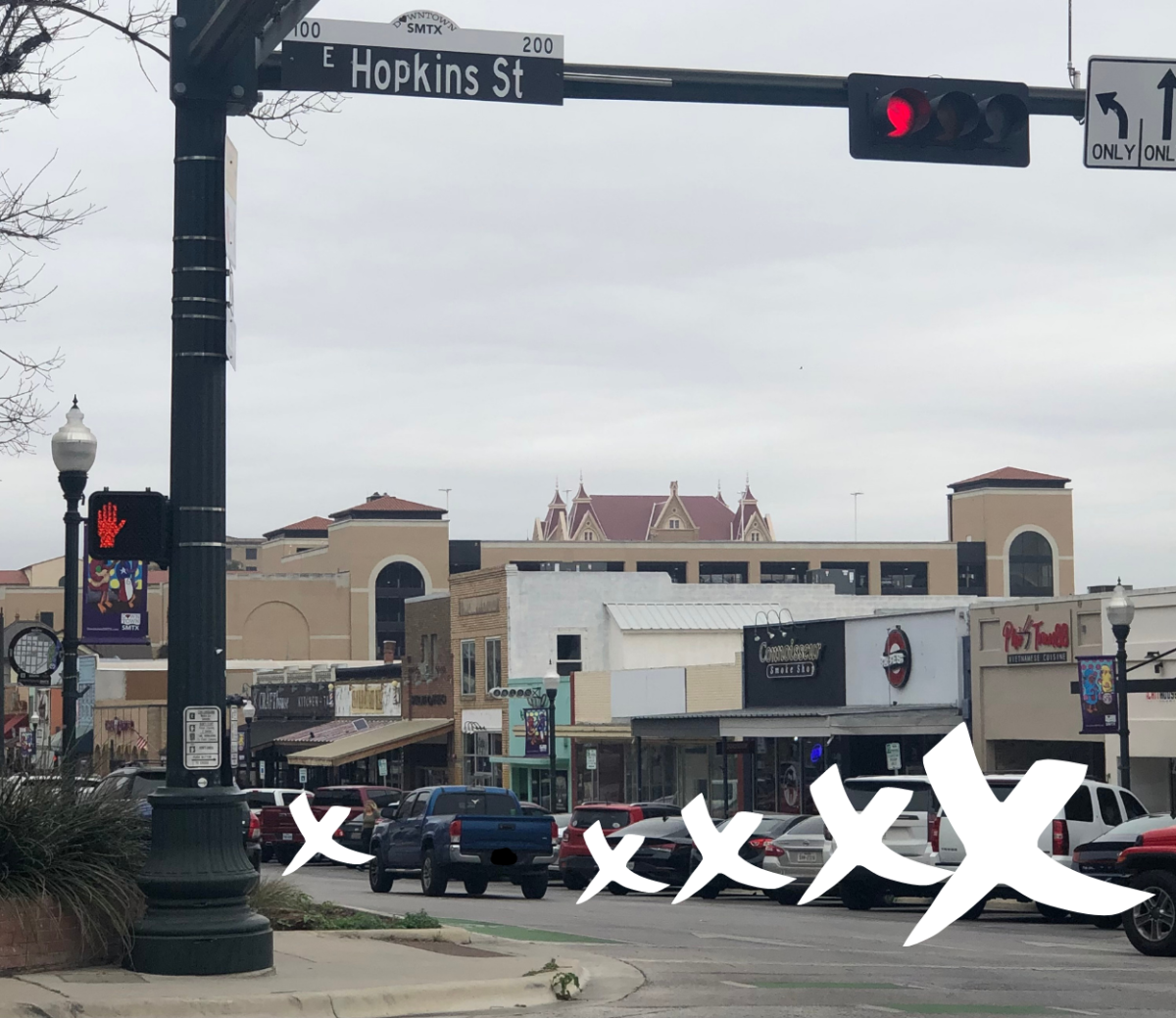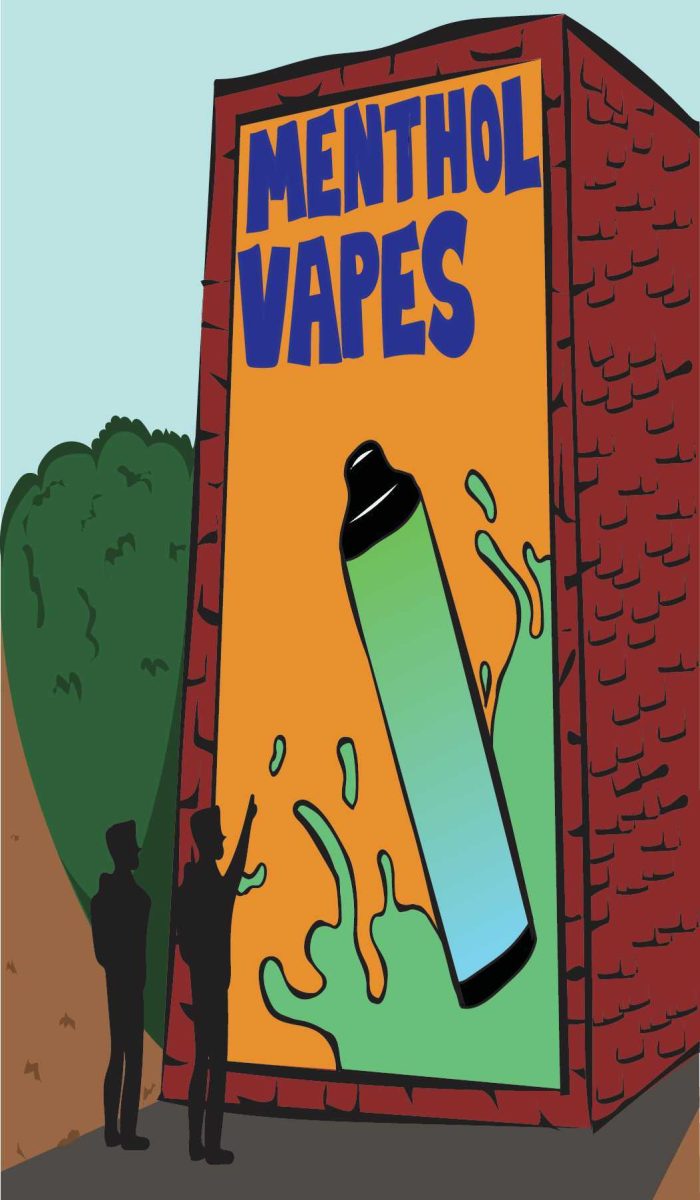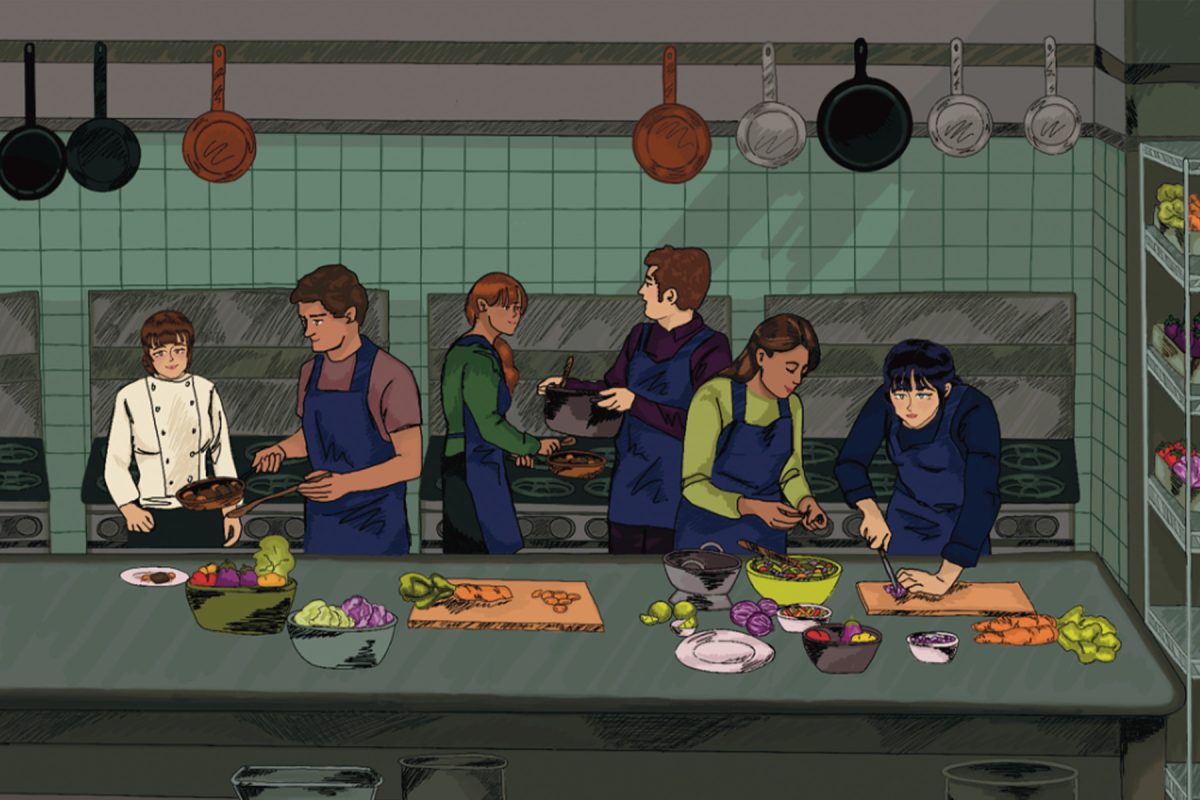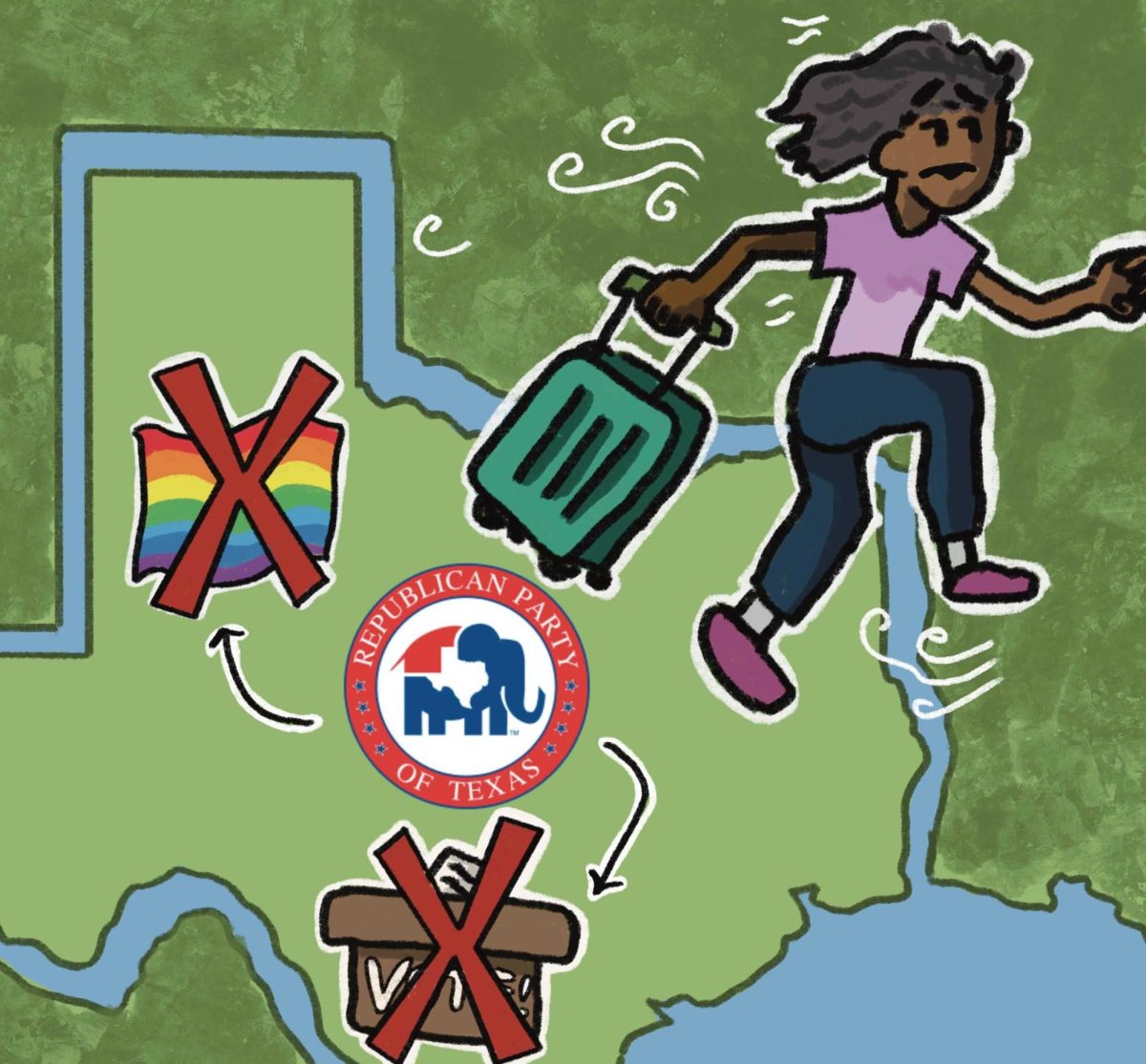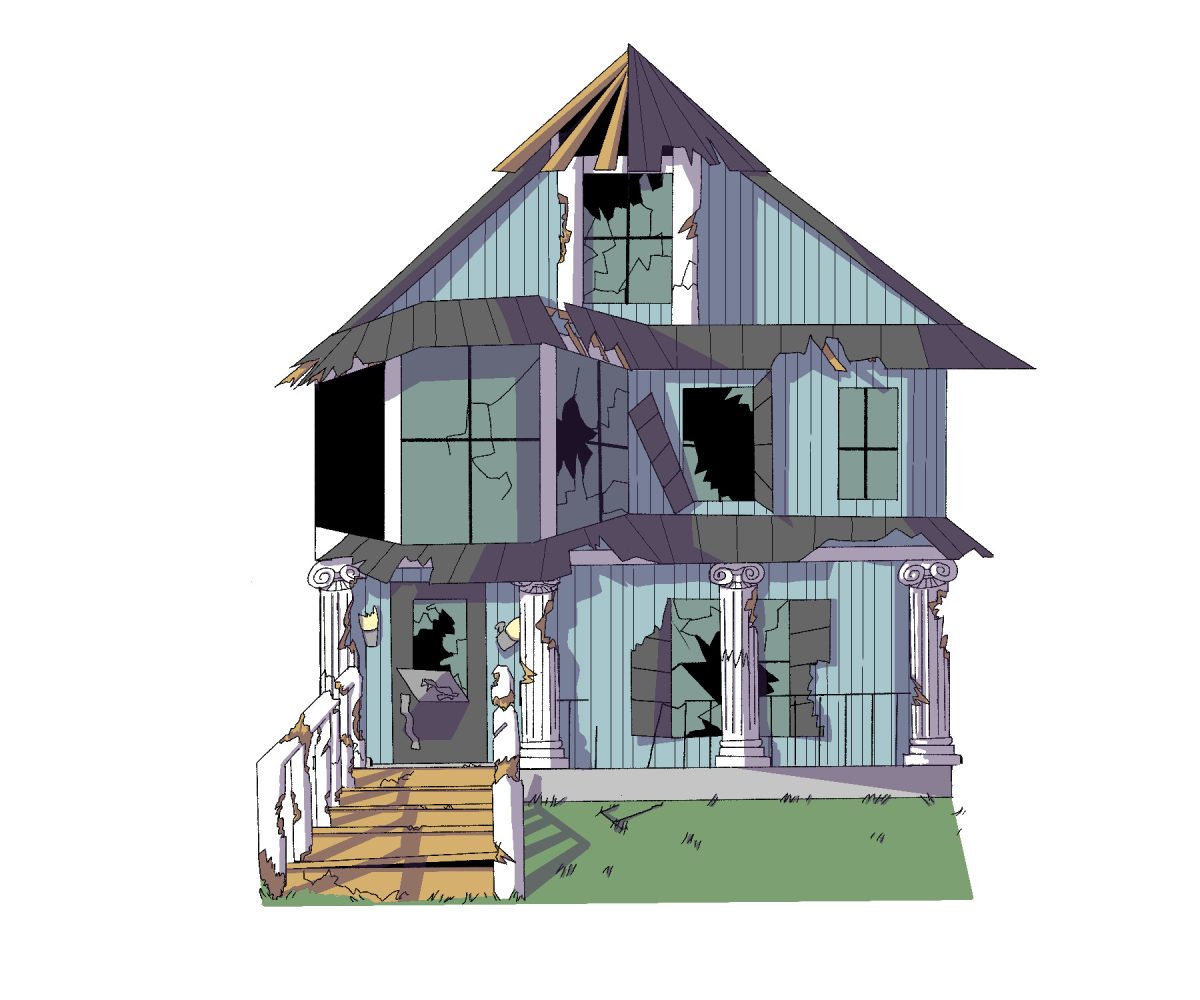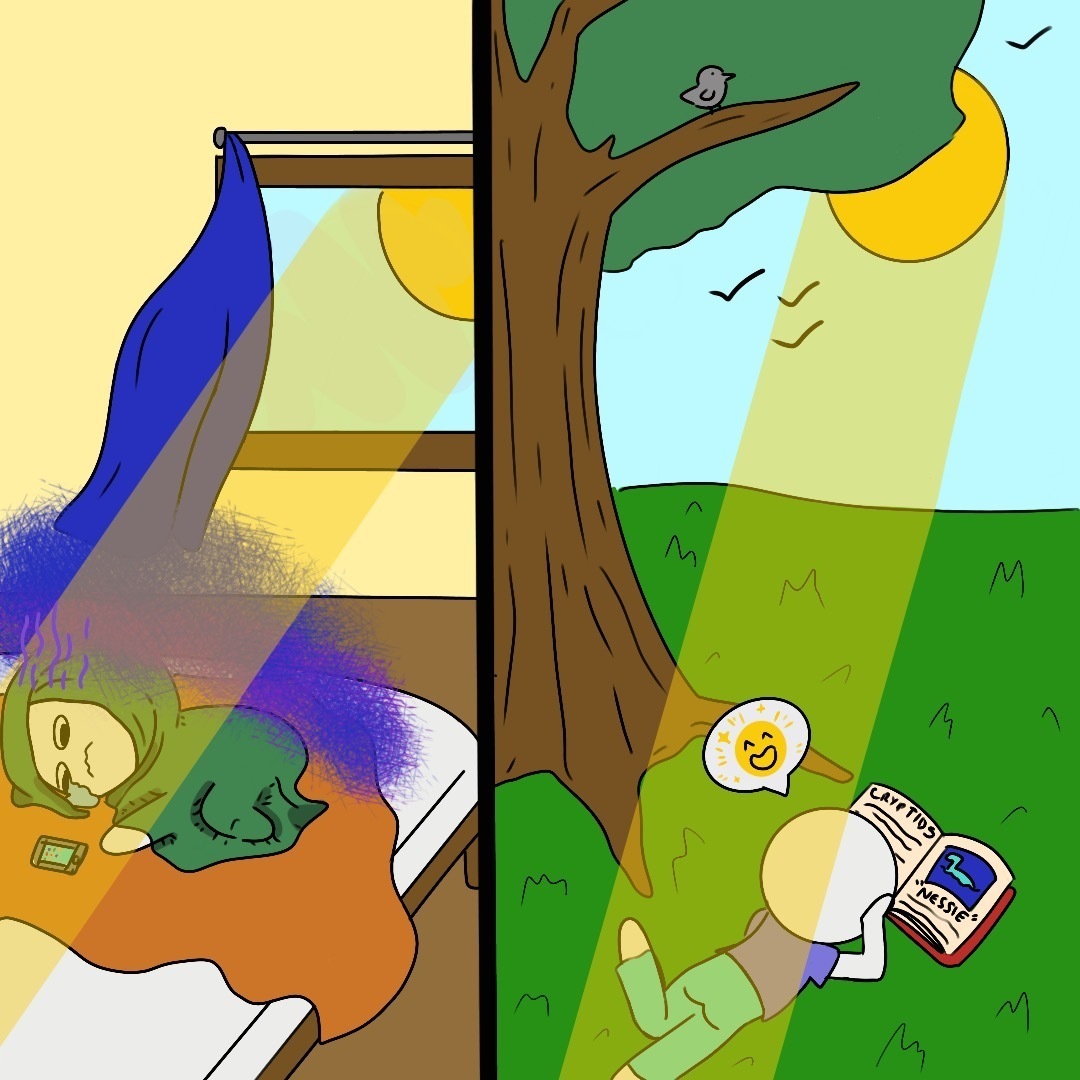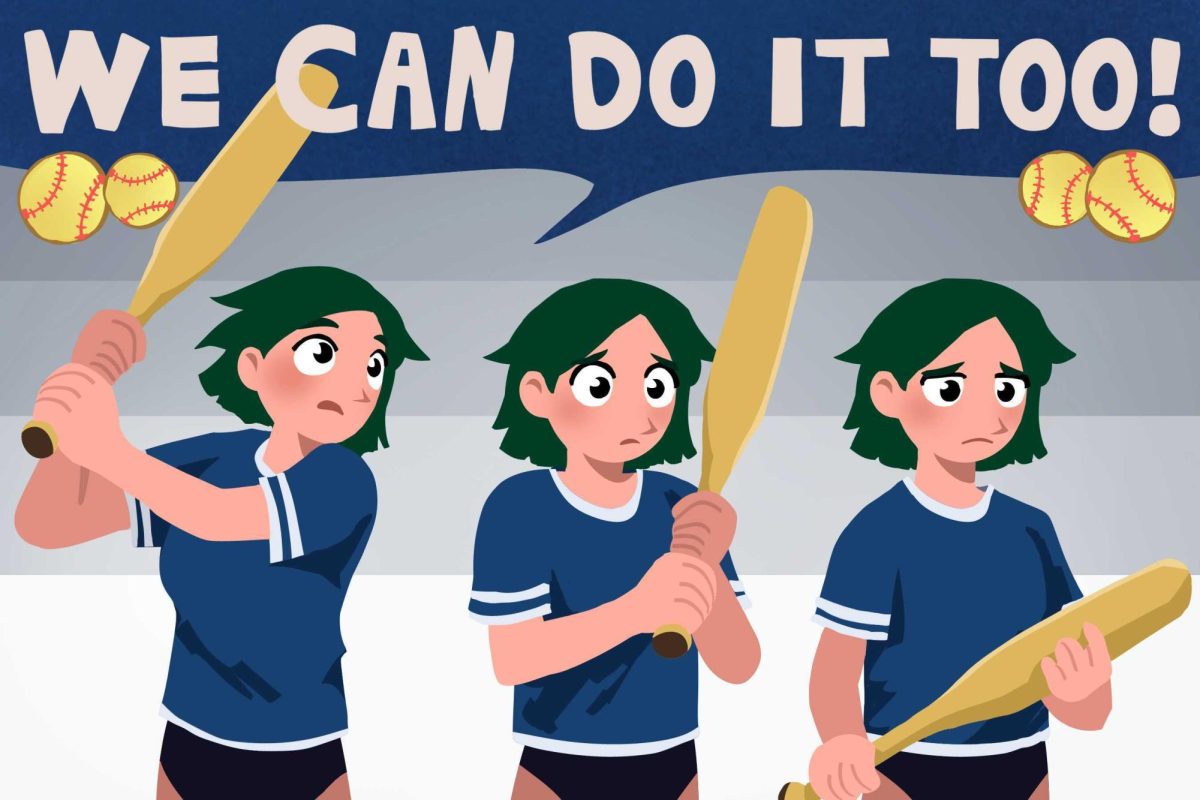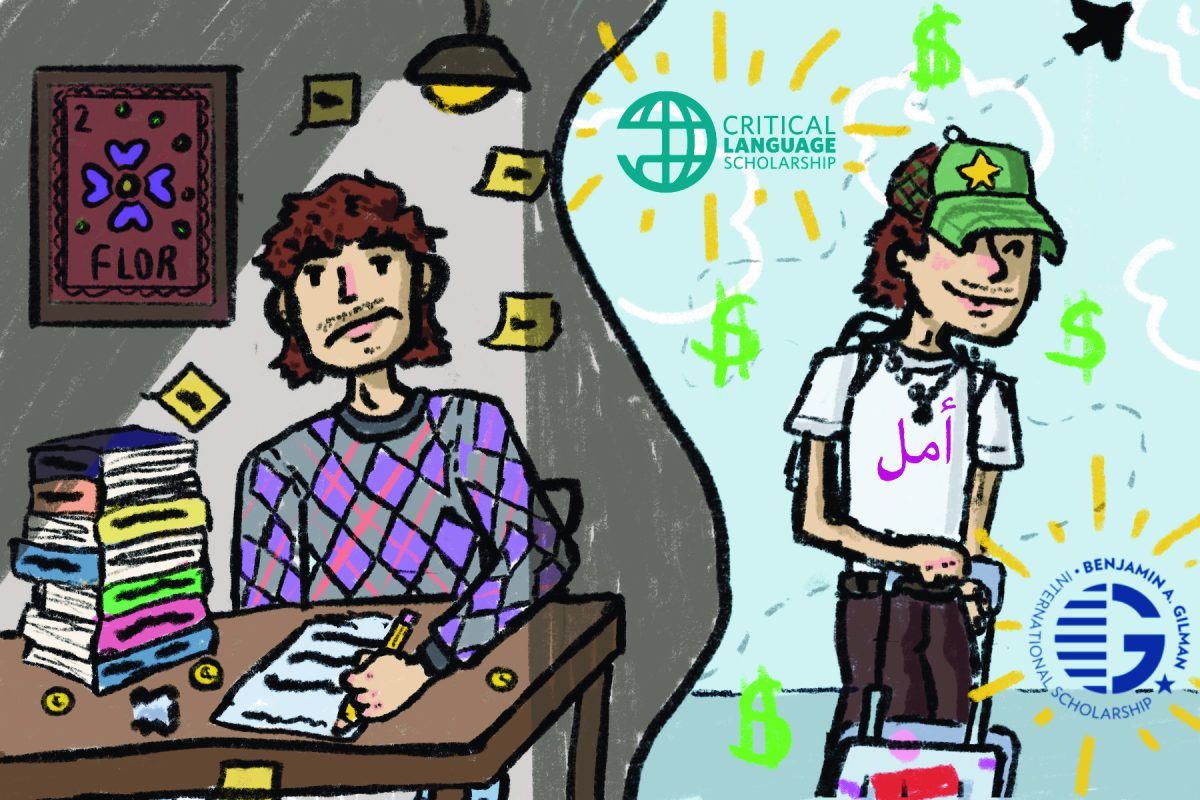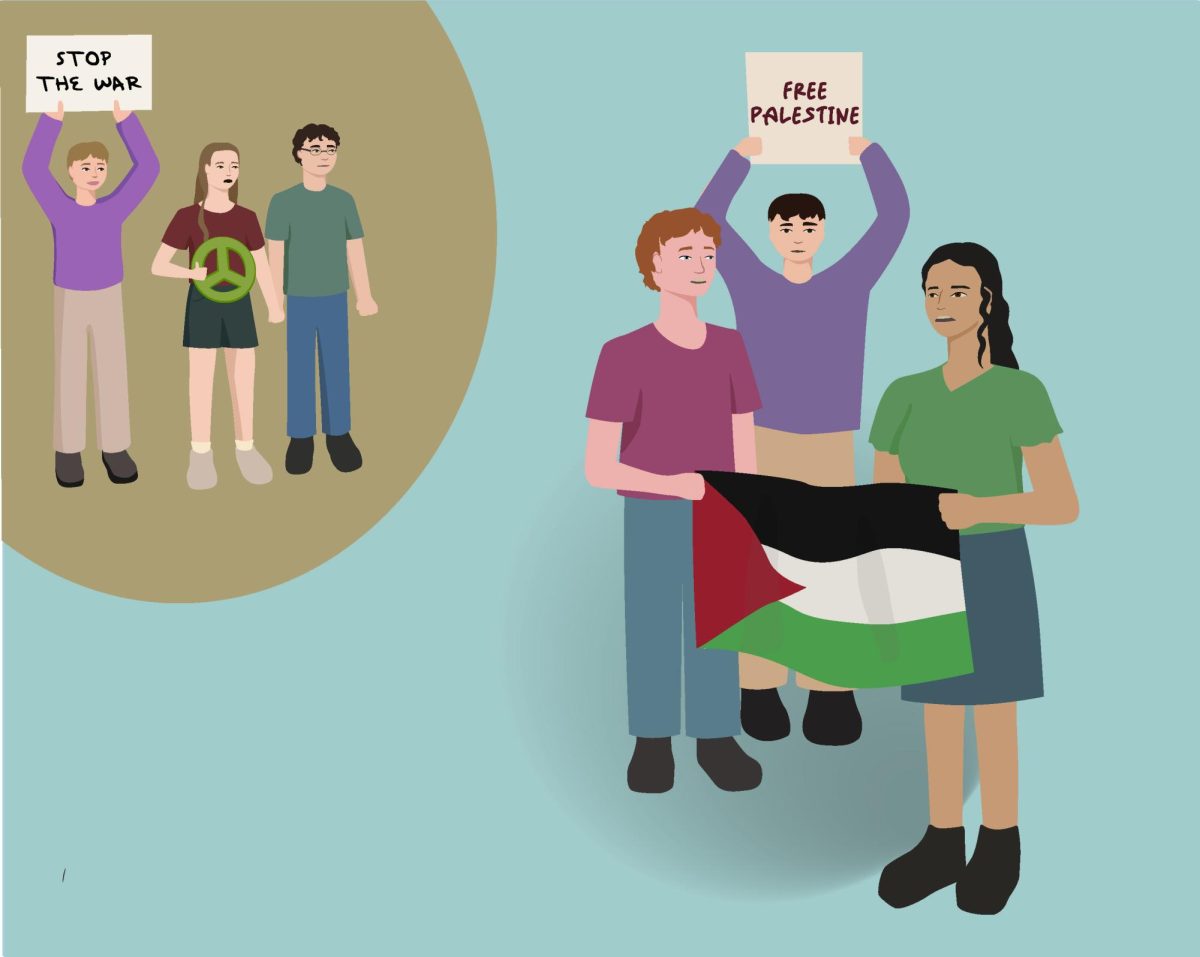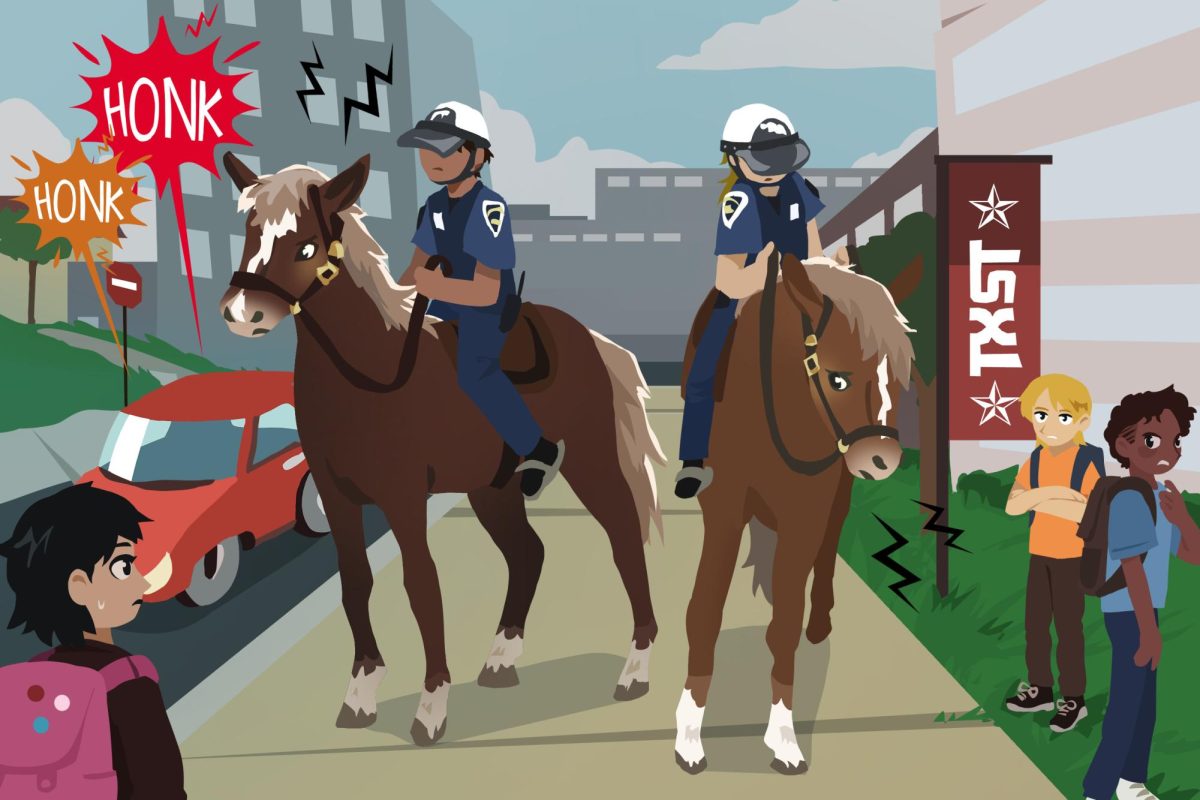The issue of parking on and near campus has created discourse among the student body. While students feel that there should be more parking, there needs to be more foresight into how this could dramatically change what makes San Marcos and Texas State so unique.
Downtown, which is accessible on foot to students on campus, would benefit if parking was phased out and replaced by more walkable, bikeable and generally more accessible spaces.
The city is sprawling, with several parts only accessible by car. While removing parking in the entire town is unrealistic and unfeasible, downtown is unique because it has remained walkable. This freedom of movement has connected the community in ways that cars cannot. Cars have divided communities by removing the freedom of movement and taking up significant space that would be designated for other purposes.
The foundations of car-centric cities are built on the designation of large swathes of its land to be used solely for parking. In the commercial centers of U.S. cities, parking can take up 50-60% of a city’s land use. Without implementing policies to incentivize other forms of transportation, the demand for parking has yet to be met. Creating more parking as the market steadily increases is unsustainable. It can be avoided by pairing policies to remove parking with policies that reduce the demand for parking altogether.
For example, many cars parked downtown are owned by people living in San Marcos but need a vehicle to travel to the area. Removing street parking, opening up the significant amount of space that was once used by cars (about 300 square feet), and creating a dedicated bus lane in that space would allow more people to travel to and from downtown. Though the bus system – as well as walking and biking infrastructure – does exist, people prefer to drive simply because it’s the option that has the most investment put into it by the city.
As it stands, the city needs to do more to incentivize its citizens to use more sustainable forms of transportation. Incentivizing modes of transportation other than cars has its benefits, and removing the demand for parking is the first step in that process.
The best way to reduce the demand for parking is by expanding the infrastructure that San Marcos already has in its downtown area. One example is investing in bicycle lanes, which the city has stated it is dedicated to increasing. There is a demand for investment in this form of transportation, and it’s up to the town to meet this demand.
There is an environmental benefit to removing car-centric infrastructure. Designing the city’s center to increase the supply of other forms of transportation – and the infrastructure required for each – can reduce emissions significantly. According to the EPA, transport in the U.S. accounts for 27% of carbon emissions. Personal vehicles, including cars, trucks and minivans, are the most significant sources of these emissions. Therefore, reducing the need for private vehicles downtown will result in a cleaner San Marcos.
From an economic perspective, removing parking and opening up more space for more businesses to operate generates more revenue for the city. People moving around freely for companies connected directly by sidewalks, bike lanes and buses, instead of worrying about finding parking near or around storefronts, allows for easier access to the businesses that San Marcos offers. Since residents drive to an area of the city that could be connected through other forms of transportation, local businesses, residents and the city government are all losing out on potential profit.
Residents are likely to choose to walk and bike instead of drive when those options are the best choices made available. But the city, through its design, has chosen for San Martians. Cars are currently necessary for long-distance travel, but in the downtown area, infrastructure connects the community – albeit in a way that we can improve upon.
Removing parking in the city’s core and pairing this policy choice with other policies that connect the rest of San Marcos to the downtown (improving bus infrastructure, for example) opens space we can use to further build upon the uniquely walkable community.
– Dalton Powell is a public administration senior
The University Star welcomes Letters to the Editor from its readers. All submissions are reviewed and considered by the Editor-in-Chief and Opinions Editor for publication. Not all letters are guaranteed for publication.
Opinion: There should be less parking adjacent to Texas State
March 27, 2023
Donate to The University Star
Your donation will support the student journalists of Texas State University. Your contribution will allow us to purchase equipment and cover our annual website hosting costs.











